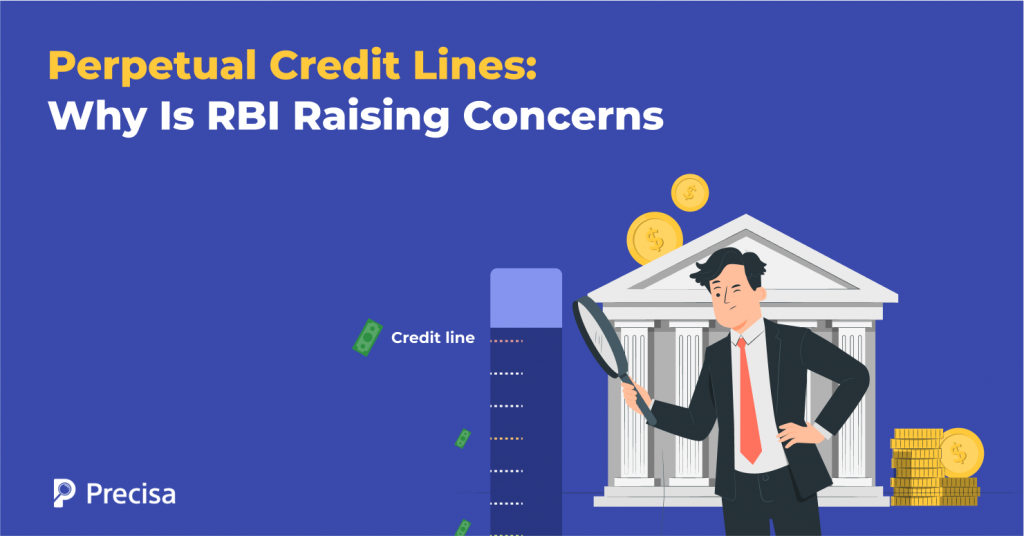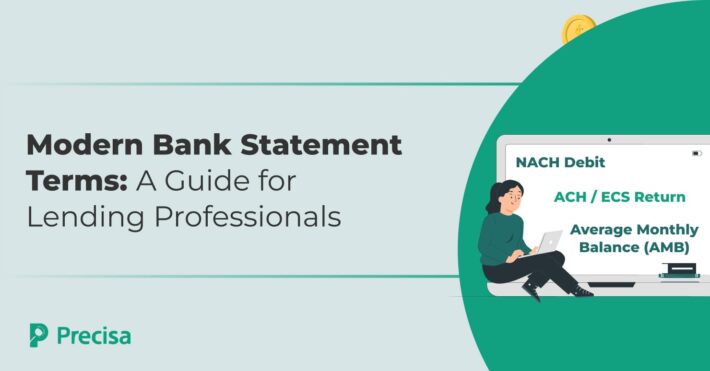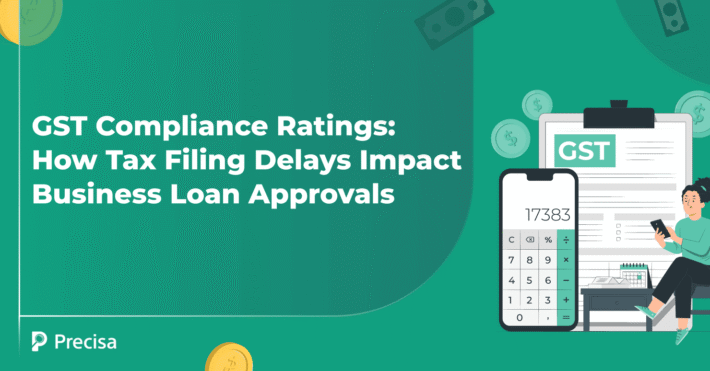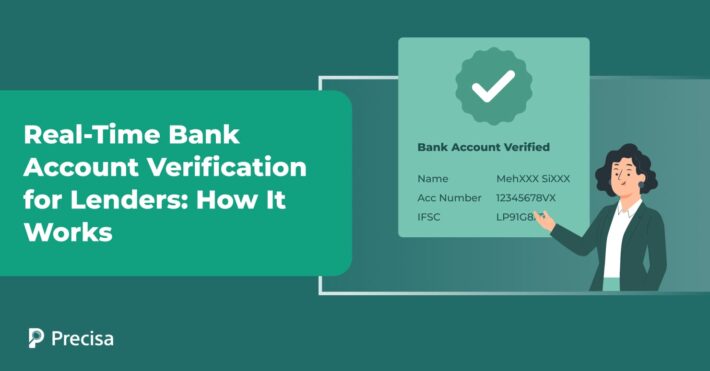Perpetual Credit Lines: Why Is RBI Raising Concerns

India’s lending landscape has evolved rapidly in the last decade, driven by the onset of non-banking financial companies (NBFCs) and Fintech startups and the insurgence of advanced technologies in different areas of the lending cycle.
Between 2005 and 2020, the asset size of NBFCs grew at an impressive CAGR of around 18.7%, fueled by the demand for credit from the underserved and low-income groups.
Despite taking huge strides, NBFCs have recently come under the Reserve Bank of India’s (RBI) radar, conveying its stance or views on NBFCs that offer perpetual credit lines.
In March 2025, the RBI, which has so far supported NBFCs in carving their place in the Indian financial system, raised concerns about borrower stress and instructed NBFCs to pause new credit lines.
Let’s understand the reasoning behind this move and what it means for NBFCs in the long run. But before that, let’s understand what perpetual credit lines are.
What is a Perpetual Credit Line?
A perpetual credit line or perpetual line of credit is a lending instrument wherein borrowers have access to a predefined limit of funds for a stipulated time frame. This allows borrowers to utilise funds as and when required within that period.
Unlike banks, the lending structure of most NBFCs is non-linear and does not have a fixed repayment schedule, providing borrowers with flexible access to credit.
Key Features of a Perpetual Credit Line
A perpetual credit line operates as a revolving credit facility, offering borrowers continuous access to funds within a predefined limit. Key features include:
- Revolving Credit Access: Borrowers can withdraw, repay, and re-borrow funds as needed without reapplying for a new loan.
- No Fixed Repayment Schedule: Unlike term loans, repayment terms are flexible, often requiring only interest payments or minimum due amounts.
- Interest on Utilised Amount Only: Borrowers are charged interest only on the amount withdrawn, making it a cost-effective financing option.
- Credit Limit Adjustments: Lenders may periodically review the borrower’s credit profile and adjust the limit accordingly.
- Collateral vs. Unsecured Options: Depending on the lender and borrower’s profile, credit lines can be secured (backed by assets) or unsecured.
Differences Between Perpetual Credit Lines and Other Credit Facilities
Perpetual credit lines differ from traditional lending instruments in various ways:
[table id=6 /]
Why is the RBI Concerned?
The RBI has several reasons to be concerned with the increasing reliance on NBFCs for loans, particularly from the unbanked and low-income groups.
Hidden Financial Stress
One key reason for the RBI’s heightened distress is that this debt facility disguises the financial stress faced by borrowers. The RBI states that this lending approach allows borrowers to take additional loans to pay previous debt, continuing the cycle or resulting in evergreening loans.
Risk of Loan Defaults
Perpetual credit lines allow borrowers to pay the interest in the first stage and the principal later, increasing the possibility of delayed repayments and loan defaults.
Limited Borrower Assessment
The RBI also said that, unlike banks, NBFCs do not have a clear picture of a borrower’s financial health, preventing lenders from identifying potential red flags and mitigating risks at an initial stage of the lending cycle.
Stronger Bank Oversight Needed
It also believes that such debt facilities should be handled by banks that have a robust structure to evaluate a borrower’s real-time cash flows and determine their loan repayment capacity.
The RBI raised similar concerns in 2022 to safeguard borrower interest and prevent unregulated Fintech companies from outsourcing key lending processes to third parties. Further, it also issued guidelines forbidding NBFCs from loading credit lines to their prepaid wallets and cards.
RBI’s Concern on Perpetual Credit Lines: Impact on NBFCs
It appears that RBI’s stance on perpetual credit lines provided by NBFCs will put their lending portfolios on the back as borrowers will turn to banks to secure loans.
The increasing popularity of NBFCs in recent years can be majorly attributed to their flexible credit products offered to low-income or marginalised populations, students, and the underbanked population.
It is clear that NBFCs will have to revisit their existing lending structure and align it with the regulatory requirements laid down by the RBI.
That said, while large NBFCs may be better positioned to revamp their lending structures, the smaller players that hinged their bets on such lending products are likely to lose liquidity.
Financial Inclusion with Credit Line on UPI
While NBFCs readjust their lending structure following RBI’s recent instruction, underbanked borrowers and individuals with a limited credit history can still access credit, thanks to the availability of credit lines on UPI.
Credit line on UPI was rolled out in 2023, and the service was previously offered by numerous scheduled commercial banks only. However, in December 2024, the RBI said that it would now allow small finance banks to offer credit lines on UPI – a move primarily introduced to improve financial inclusion and boost formal credit to first-time or inexperienced borrowers.
According to the RBI, the credit line on UPI allows small finance banks to cater to the requirements of the ‘new-to-credit’ segment and those at the bottom of the pyramid through this high-tech, low-cost model.
This move is a great opportunity for small finance banks to strengthen their foothold in the Indian lending landscape by leveraging their robust merchant network.
Parting Notes
Although Indian fintech companies and NBFCs have garnered immense popularity over the past decade, their growth primarily relies on the RBI’s attitude toward them. The recent directive against perpetual credit lines is a setback for NBFCs, which predominantly cater to the low-income and ‘new-to-credit’ segment.
While NBFCs are expected to tweak their lending structures in line with the current regulatory landscape, borrowers can explore other alternatives, including credit lines on UPI offered by small finance banks.
RBI’s decision to tighten the screws on perpetual credit lines offered by NBFCs comes at the back of the lack of systems and processes to detect the early signs of potential loan defaults.
Precisa offers an array of solutions that help lenders analyse a borrower’s creditworthiness and financial health and make data-driven decisions.
Tools such as a bank statement analyser and credit report analyser uncover key trends and patterns, enabling lenders to detect anomalies and other red flags while approving loans.
Book a demo today to learn more!




